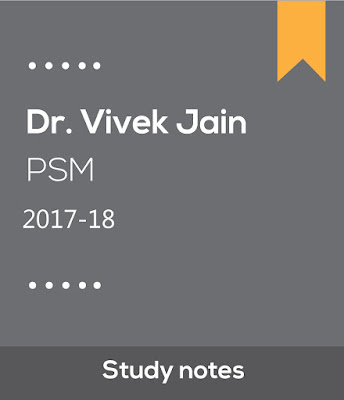Skip to main content
Review of Radiology - Rajat Jain
- This book is a concise and considerably shorter, still complete version than the full-length, standard radiology textbook. Most of this book evolved from the latest editions of Grainger and Sutton’s Textbooks of Radiology, CT and MRI imaging—Haaga and AIIMS- MAMC-PGI CME series. All the facts in the book are checked multiple number of times to give an accurate and up-to-date content to the students.
- The material is organized into 4 sections and seven chapters. Section–A includes General Radiology (Chapter 1). Section–B includes, Neuroradiology (Chapter 2), Cardiothoracic Radiology (Chapter 3), Gastrointestinal and Genitourinary System (Chapter 4) and Musculoskeletal Radiology (Chapter 5). Section–C includes Radiotherapy and Chemotherapy (Chapter 6), and Nuclear Scans (Chapter 7) and one special Section–E for Image Based Questions exercise.
- Difficult concepts are explained stepwise and in form of flowcharts with special high yield points in separate boxes adjacent to text wherever relevant. More than 150 images and more than 50 flow diagrams and tables will help the students not just to understand the text but also to memorize the material quickly in a way to aid in long-term retention.
- Each chapter begins with a concise theory of each topic, followed by multiple-choice questions (MCQs) and their clear, concise, proper explanations with references of the standard textbooks and/or, research papers wherever required to avoid repetition of the text. Various states PG, AIIMS and JIPMER examination questions had been separated from PGI questions, so that the students can easily concentrate different examinations according to their choice.
- Each chapter has high yield points in the boxes which are predicted and highly expected new questions for future examination, based on current examination pattern.
- Section-E, The IBQ section would definitely help the students in preparing for the different types of questions based in images expected to be asked in the examination.
- The online pool of questions is going to be a backbone for the preparation of IBQs in any examination not just for radiology but for other subjects too.
- Finally the Section-D has a collection of important factual information of radiology including the investigations of choices, important systemic signs and important principles of radiology which might be helpful to solve questions from any clinical subject if understood rightly




Comments
Post a Comment